EBO’s Landbird Monitoring Program
What is Bird Banding?
Bird banding is a non-invasive, long-term method of observing and studying birds without interfering with their natural behavior. Birds are safely caught by scientists and given an identification band, which is a small aluminum ring that fits around the bird's leg like a bracelet. The band is engraved with a unique number, allowing scientists to keep track of each individual bird. No other bird will have the same number!
The Rusty Blackbird is one of North America’s most rapidly declining species, with an estimated 85-99 percent population plunge over the past forty years. We collected extensive data on this stunner of a bird in hopes that in doing so, we would be aiding the researchers studying the still undetermined cause(s) of this species’ decline.
Why Band Birds?
Using bird banding as a tool to monitor migration enables researchers to answer questions about bird health and abundance as well as better understand behavior that will be useful in protecting birds and their habitat. Birds make excellent indicator species; they have so much to tell us about the ever-changing world that we live in, we just need to know how to “listen.”
Research published in 2019 revealed how bird populations have plummeted in the past five decades, with across-the-board declines that scientists call “staggering.” The North American bird population is down by an estimated 2.9 billion breeding adults—an overall decline of 29 percent from 1970. These devastating losses can be seen in every biome. Forests alone have lost 1 billion birds. Grassland bird populations collectively have declined by 53%, or another 720 million birds. To say that birds are in dire need of our help is no gross overstatement, but there is hope— a hope stemming from the answers that bird banding can provide.
How Do Scientists Catch Birds?
The birds that we work with are gently caught in soft, fine nets called mist-nets. These nets are stretched between two poles, so that ideally the birds cannot see the nets and thus fly right into them. Trained professionals will then carefully remove the birds so as to band them and then release them unharmed. Banding is only carried out by trained professionals under both federal and state permits.
Where Does the Data Go?
We submit all banding data to the Bird Banding Laboratory (BBL), a federal program run by the USGS. Since 1923 the BBL, in collaboration with the Bird Banding Office (BBO) of the Canadian Wildlife Service, administers the North American Bird Banding Program, which manages more than 77 million archived banding records and more than 5 million records of encounters.
On average, over the past decade, the BBL receives 1.2 million banding and 87,000 encounter records per year! For more information of the BBL go HERE
What to do if I Find a Banded Bird?
If you have found or harvested a banded bird, please report it HERE.
The value of banding data is only fully realized when banded birds are recovered and band numbers are reported to the Bird Banding Laboratory. Some recoveries are recaptures (including resighting of bands through spotting scopes) of live birds that are obtained from banders or from other wildlife professionals. However, the predominant number of recoveries of dead birds come from the public, either by people who have found birds that have died, or by hunters who have harvested them.
Please note: Even if the band you recover is inscribed with a 1-800 telephone number, as of July 2, 2017, you can only report it at: www.reportband.gov.




